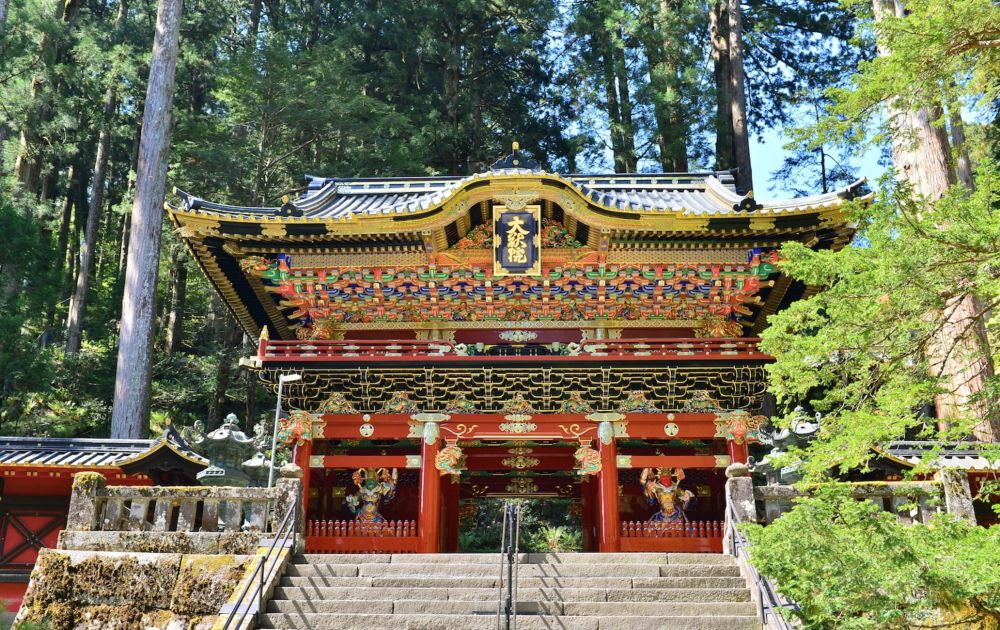

The Rinnoji Temple, located in Sendai, the largest city in the Tohoku region of Japan, is a lesser-known gem that has been an active center for religious practices for centuries. Founded in 1441 by the Buddhist monk Jikaku Daishi, Rinnoji Temple has a history intertwined with the Date clan, the powerful ruling family of the Sendai domain. The temple has experienced fluctuations in visitor numbers throughout its history, originally serving as a local place of worship and pilgrimage for devotees of the Tendai sect.
With the development of the Japanese railway network and improvements in road infrastructure, the 20th century saw more pilgrims and tourists alike discover the serenity of Rinnoji Temple. The increase in national tourism brought new life to the area, allowing more Japanese residents to explore their cultural heritage and visit significant Buddhist sites.
Although Rinnoji Temple did not enjoy as much international tourism as some other prominent places like Kyoto or Tokyo, the temple began to draw attention from foreign visitors seeking a deeper understanding of Japanese culture, especially with the rise of niche tourism focusing on spiritual and cultural experiences.
In recent years, the temple has seen a gradual increase in visitor numbers, with tourism shifting towards more experiential and sustainable engagements. Current trends feature:
While the temple is open to visitors throughout the year, certain events and seasons may offer a more enriched experience. Tourists are encouraged to respect the sacred nature of the temple and embrace the opportunity for reflection and learning. With its combination of historical significance, spiritual value, and natural beauty, Rinnoji Temple remains a tranquil haven for those visiting Sendai.